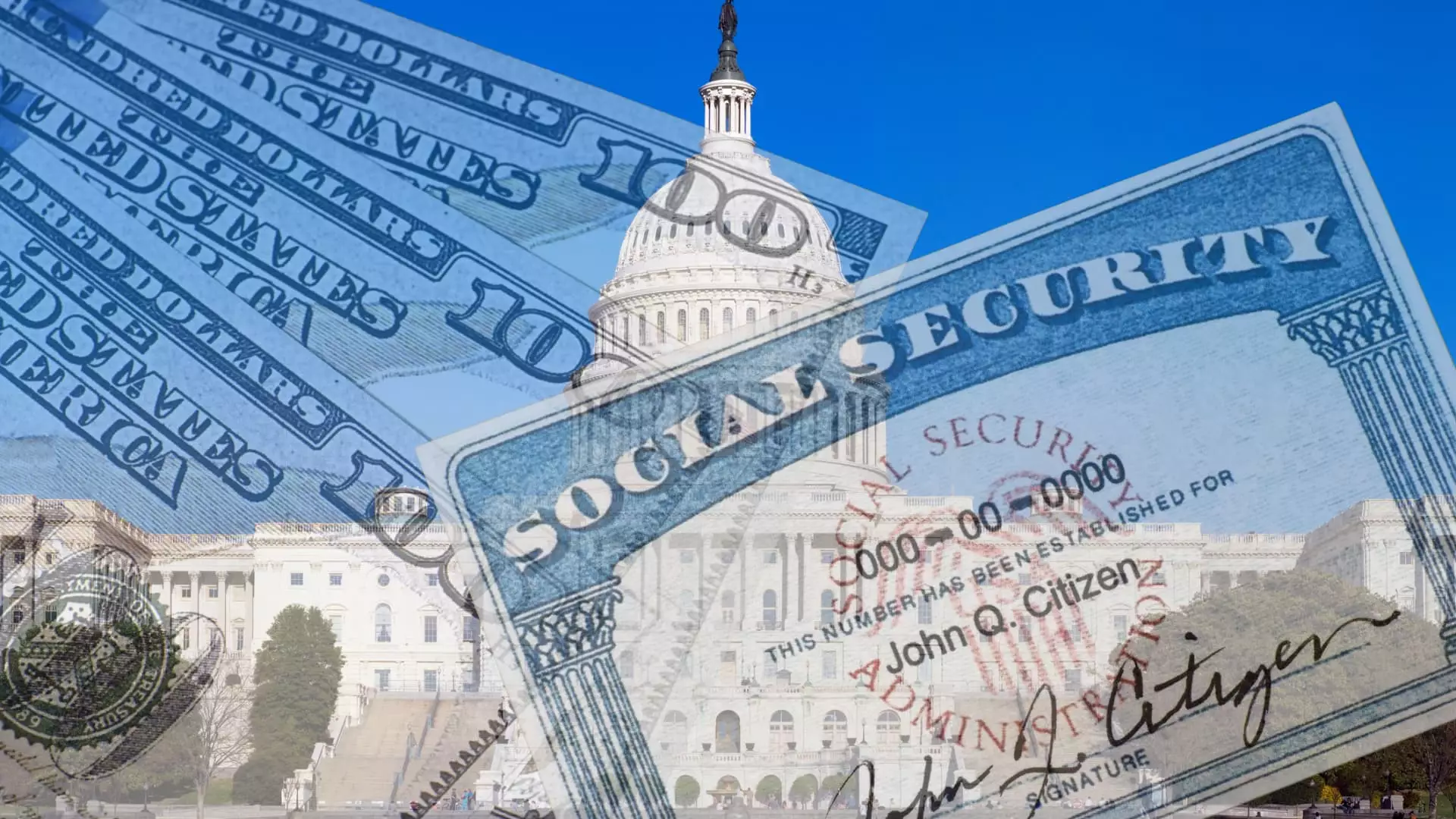In the backdrop of urgent congressional negotiations to avert a government shutdown, the Senate is on the brink of deliberating the Social Security Fairness Act, a pivotal piece of legislation aimed at reforming the income structures for a subset of public workers. While the urgency of the shutdown looms large, the fate of social security reforms takes center stage, showcasing an intersection of fiscal responsibility and social equity. This legislation, if passed, could mark a significant shift in how Social Security benefits are administered to certain workers, particularly those in sectors like education, emergency services, and law enforcement.
The proposed Social Security Fairness Act seeks to eradicate two antiquated provisions: the Windfall Elimination Provision (WEP) and the Government Pension Offset (GPO). For decades, the WEP has effectively reduced the Social Security benefits of individuals who receive pensions from jobs that have not contributed to Social Security taxes. Similarly, the GPO has diminished benefits for spouses and widowed individuals receiving government pensions, creating a multi-layered problem impacting approximately 3 million citizens nationwide.
This legislation has garnered enthusiastic backing from various public employee unions and advocacy groups, emphasizing the need for fair compensation relative to contributions made over the years. John Hatton, Vice President at the National Active and Retired Federal Employees Association, highlighted the importance of recognizing the contributions made to the system: “You shouldn’t penalize people for income outside of a system when you’ve paid into it and earned that benefit,” he noted, capturing the sentiments of many supporters.
Despite the support, the Social Security Fairness Act is not without its detractors. Concerns regarding its financial implications are central to the objections raised. Some lawmakers, such as Senator Rand Paul of Kentucky, argue against the long-term viability of this legislation in terms of fiscal sustainability. Paul has proposed an amendment that would raise the retirement age to 70 in an attempt to offset the projected costs of the Fairness Act, a notable concern given the Congressional Budget Office’s estimation that the bill could incur $196 billion over the next ten years.
As debate continues, several amendments have been introduced that could reshape the legislation. Notably, Senators Ted Cruz and Joe Manchin have proposed an alternative calculation strategy for benefits rather than outright repealing the WEP and GPO. Their suggestion reflects a blend of optimism and pragmatism, aiming to find a middle ground that balances the financial realities and the appeal for fairness among public servants.
Experts from the Bipartisan Policy Center and various advocacy organizations see the utility in seeking a more comprehensive reform approach to Social Security. They believe that there is a chance for creating a more equitable and robust system that not only serves the public workers affected by these provisions but also addresses the overarching concerns about Social Security financing. “While we support the Fairness Act, our long-term goal is comprehensive reform that takes into account broader taxation and funding mechanisms,” argued Dan Adcock, emphasizing the complexity of Social Security reform.
As deliberation in the Senate unfolds, the timeline and method of voting on the Social Security Fairness Act remain paramount considerations. With nearly unanimous bipartisan support indicated by previous votes, the path toward a final vote appears increasingly plausible. However, there remains the potential for developments that could divert the bill’s progress. Senate Majority Leader Chuck Schumer’s strategy will likely dictate how the final proceedings play out, whether he allows for extensive debate on amendments or opts to expedite the bill to a vote.
While there are fears that amendments may complicate the legislative trajectory, the prevailing sentiment suggests that the leaders who have supported advancing the bill thus far are likely to deliver their backing once again during the final vote.
Ultimately, the Social Security Fairness Act illustrates the intricate dynamics of legislative processes in addressing fiscal challenges while advocating for social justice. As the Senate gears up for a critical moment in this ongoing dialogue, the outcomes will represent not just a momentary policy decision, but rather a long-lasting effect on the lives of many public workers across the nation. The coming weeks will reveal whether the momentum behind this reform can foster significant change or if further challenges will impede progress.

